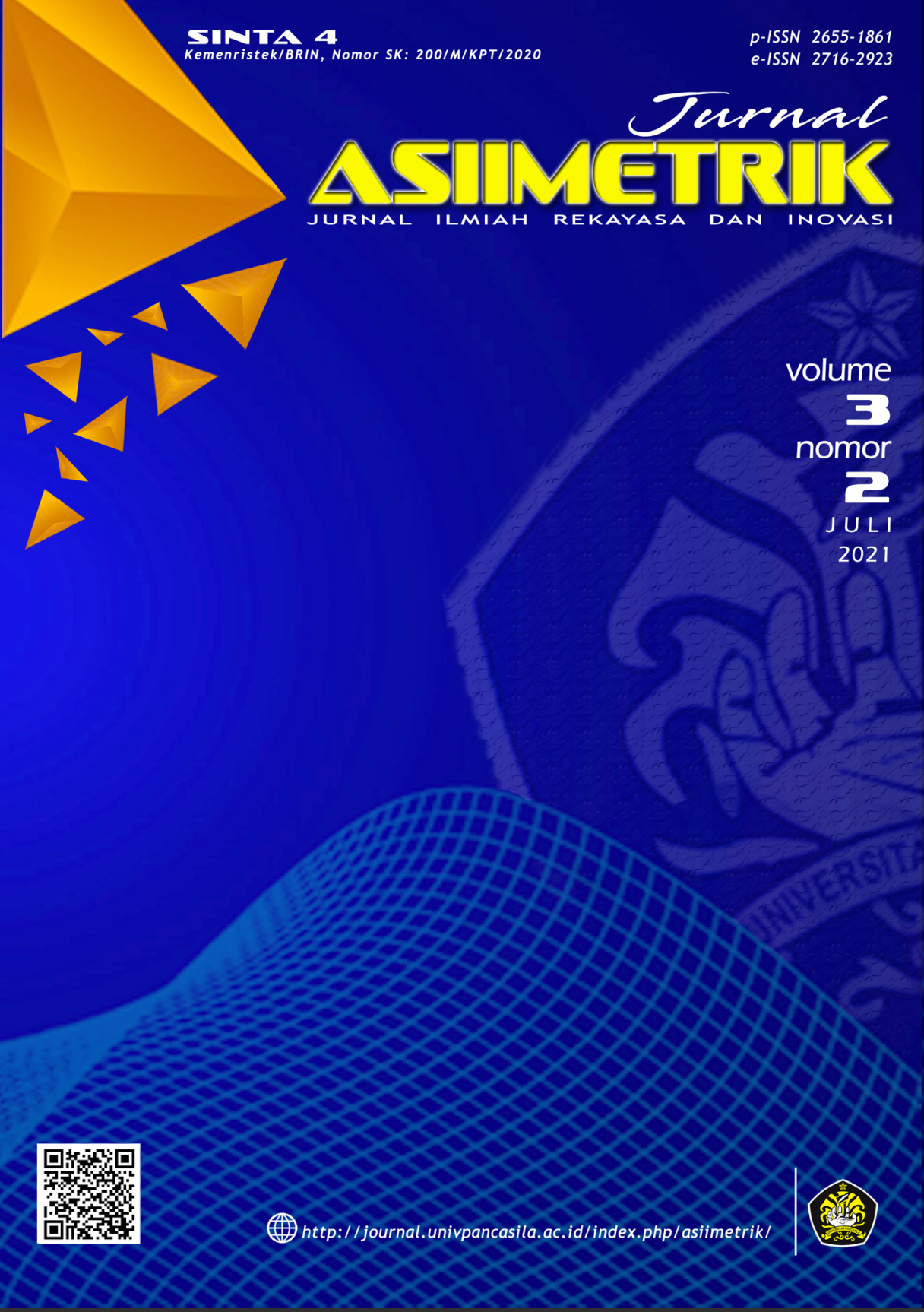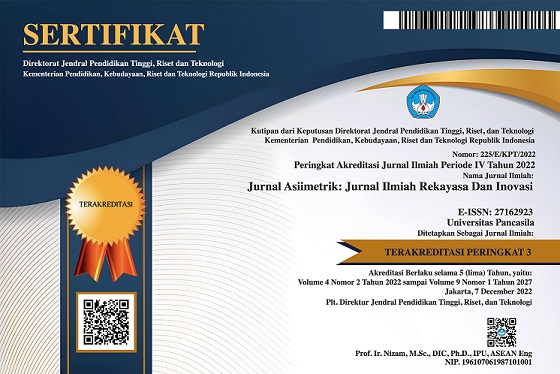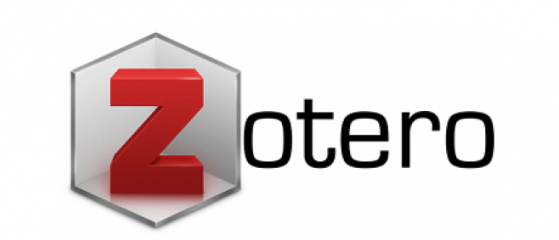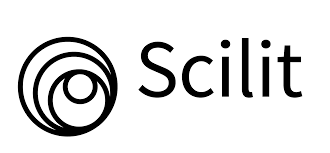Analisis Ketahanan Material Epoxy Powder EF150AB pada Uji Thermal Shock untuk Komponen Charger Mobil Listrik
Abstract views: 351 | pdf downloads: 278
Abstract
Inside the electric car charger there is a controller where one of the components is the Disc Ceramic Capacitor (DCC) type SCF2E472M10 coated with epoxy powder EF150AB. The faster the charging, the higher the temperature, for that we need good performance on the capacitor layer. The method used in this study is to test the Pressure Cycle Temperature (PCT) with a temperature of 121 ° C, a pressure of 2 bar and a holding time of 48 hours and a Thermal Shock Test with a temperature parameter of -40 ° C to 125 ° C for each temperature change. 30 minutes for 100 hours, the number of test samples for each test is 20. From the test results, it was found that the average capacitance value on the PCT test was 4439.9 pF with a standard limit value of 3760 to 5640 pF, then the average value of Insulation resistance (IR) after the PCT test was 14183 Ω with the standard limit of the IR value of 10000 Ω. From these results it can be concluded that epoxy powder EF150AB is good for DCC coatings because the coating is resistant to low and high temperatures, which ranges from -40 ° C to 125 ° C.
Downloads
References
Bo, W., dkk., 2019. Research on Ceramic Capacitor Automatic Test Application Technology, Journal of Physics: Conference Series, 1345 (3), hal 032058-032063 doi: 10.1088/1742-6596/1345/3/032058.
Chittaranjan, dkk., 2017. Manufacturing of Composite Material using Ceramic Fiber, Epoxy Resin and Microsilica for Aircraft Applications, International Journal of Engineering Research and, V6(04), hal. 1140–1144. doi: 10.17577/ijertv6is040662.
Oliveira, J. D., dkk., 2019. Effect of Al2O3 particles on the adhesion, wear, and corrosion performance of epoxy coatings for protection of umbilical cables accessories for subsea oil and gas production systems, Journal of Materials Research and Technology, 8(2), hal. 1729–1736. doi: 10.1016/j.jmrt.2018.10.016.
Sadeer M. Majeed, dkk., 2020. Investigation on Some Electrical Properties of Composites Ceramics Capacitors Prepared from Nano Scale Powder, Solid State Technology, 63(5), hal. 3497–3505. Available at: http://solidstatetechnology.us/index.php/JSST/article/view/4852, diakses pada 12 Mei 2021.
Samwha., 2020. Ceramic Type, Samwha product catalogue-Capacitor, [Online] hal. 90–103. Available at:http://www.samwha.com/capacitor/product/products/Ceramic Type.pdf. diakses pada 20 Mei 2021.
Shieddieque, A., 2017. Implementation of Six Sigma with FMEA (Failure Mode and Effect Analysis) Method for Improving Product Quality of Electronic Components of Capacitors, International Journal of Science and Research, 6(8), hal. 1920–1925. doi: 10.21275/ART20176233.
Soemardi, T. P. dkk., 2016. The effect of temperature increase, holding time and number of layers on ceramic shells using the Bo, W., dkk., 2019. Research on Ceramic Capacitor Automatic Test Application Technology, Journal of Physics: Conference Series, 1345 (3), hal 032058-032063 doi: 10.1088/1742-6596/1345/3/032058.
Chittaranjan, dkk., 2017. Manufacturing of Composite Material using Ceramic Fiber, Epoxy Resin and Microsilica for Aircraft Applications, International Journal of Engineering Research and, V6(04), hal. 1140–1144. doi: 10.17577/ijertv6is040662.
Oliveira, J. D., dkk., 2019. Effect of Al2O3 particles on the adhesion, wear, and corrosion performance of epoxy coatings for protection of umbilical cables accessories for subsea oil and gas production systems, Journal of Materials Research and Technology, 8(2), hal. 1729–1736. doi: 10.1016/j.jmrt.2018.10.016.
Sadeer M. Majeed, dkk., 2020. Investigation on Some Electrical Properties of Composites Ceramics Capacitors Prepared from Nano Scale Powder, Solid State Technology, 63(5), hal. 3497–3505. Available at: http://solidstatetechnology.us/index.php/JSST/article/view/4852, diakses pada 12 Mei 2021.
Samwha., 2020. Ceramic Type, Samwha product catalogue-Capacitor, [Online] hal. 90–103. Available at:http://www.samwha.com/capacitor/product/products/Ceramic Type.pdf. diakses pada 20 Mei 2021.
Shieddieque, A., 2017. Implementation of Six Sigma with FMEA (Failure Mode and Effect Analysis) Method for Improving Product Quality of Electronic Components of Capacitors, International Journal of Science and Research, 6(8), hal. 1920–1925. doi: 10.21275/ART20176233.
Soemardi, T. P. dkk., 2016. The effect of temperature increase, holding time and number of layers on ceramic shells using the investment casting process, International Journal of Technology, 7(6), hal. 1035–1044. doi: 10.14716/ijtech.v7i6.3354.
Stojanović, I., 2018. Experimental evaluation of polyester and epoxy-polyester powder coatings in aggressive media, Coatings, 8(3), hal 1-12. doi: 10.3390/coatings8030098.
Teverovsky, A., 2017. Failure models for low-voltage BME ceramic capacitors with defects, in IEEE International Reliability Physics Symposium Proceedings. Institute of Electrical and Electronics Engineers Inc., hal. 6C5.1-6C5.8. doi: 10.1109/IRPS.2017.7936348.
Xu, J. dkk., 2020. Effect of Class 2 Ceramic Capacitor Variations on Switched-Capacitor and Resonant Switched-Capacitor Converters, in IEEE Journal of Emerging and Selected Topics in Power Electronics. Institute of Electrical and Electronics Engineers Inc., hal. 2268–2275. doi: 10.1109/JESTPE.2019.2951807.
Yan, T., 2018. Dielectric properties of (K0.5Na0.5)NbO3–(Bi0.5Li0.5)ZrO3 lead-free ceramics as high-temperature ceramic capacitors’, Applied Physics A: Materials Science and Processing, 124(4), hal. 1–8. doi: 10.1007/s00339-018-1757-4.
Yokoyama, R. dan Akiba, N., 2017. Optimization-Based Simulation for Evaluating Electric Vehicles with Use of Fast Battery Chargers, Journal of Energy Engineering, 143(3), hal. 1–11. doi: 10.1061/(asce)ey.1943-7897.0000382.
Zaenurohman, G., 2018. Pembuatan dan Analisis Karakteristik Arus Bocor Isolator Polimer Resin Epoksi 20 KV dengan Filler Pasir Silika dan Al2O3 (Alumunium Oksida) pada Kondisi Iklim Tropis Buatan. Disertasi. Fakultas Teknik, Univeritas Diponegoro.
Zhongyan, D., dkk., 2016. The Review of Powder Coatings’, Journal of Materials Science and Chemical Engineering, 04(03), hal. 54–59. doi: 10.4236/msce.2016.43007.


























